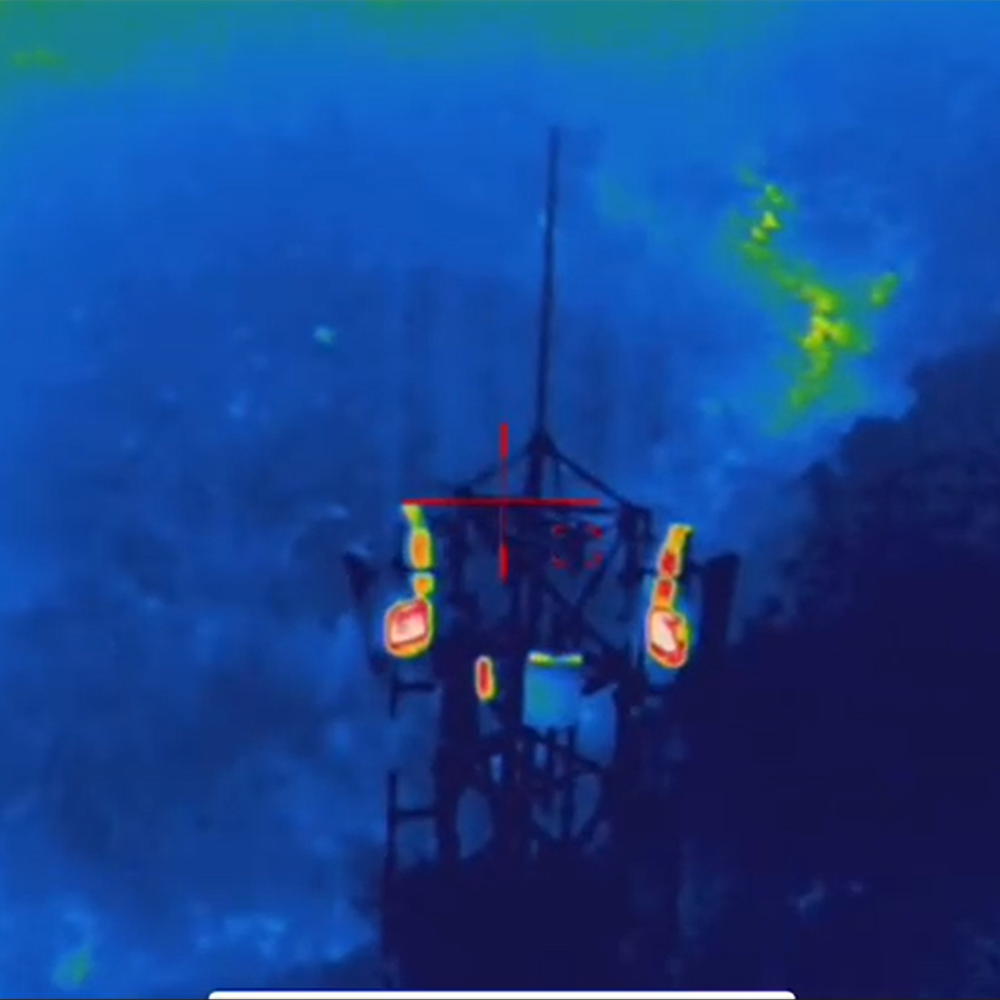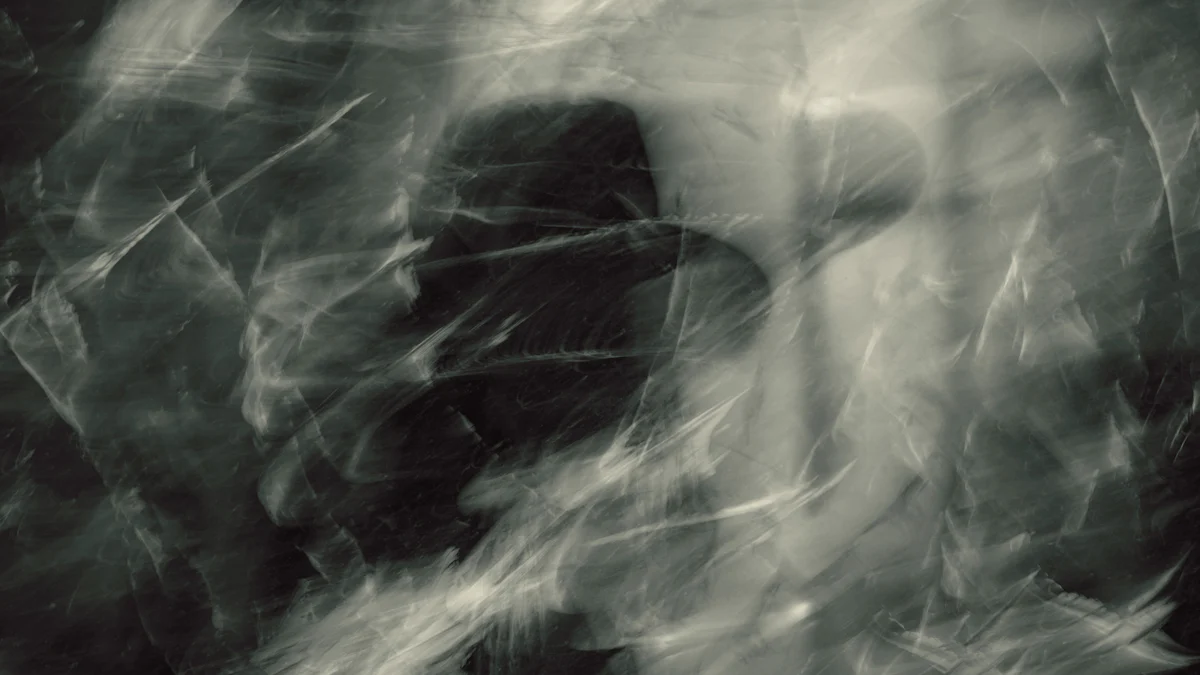
When visibility drops due to fog or rain, you might wonder if there’s a way to see clearly. A thermal imaging scope can help you do just that. Unlike traditional optics, it detects heat signatures instead of relying on visible light. This makes it a powerful tool in low-visibility conditions. Even in challenging weather, thermal imaging equipment allows you to spot objects that would otherwise remain hidden. While dense fog or heavy rain can reduce its range, it still outperforms the human eye and standard cameras in such scenarios.
Key Takeaways
Thermal imaging scopes detect heat signatures, allowing visibility in low-light conditions like fog and rain, where traditional optics struggle.
Adjusting the contrast and brightness settings on your thermal scope can significantly enhance image clarity in foggy conditions.
Maintaining a clean lens is crucial; use a soft cloth to remove water droplets that can distort the infrared image.
Investing in high-quality thermal imaging equipment ensures better performance in adverse weather, providing a clearer view of heat signatures.
Be patient and scan slowly to identify subtle temperature differences, which can help in spotting hidden objects.
Utilize weatherproof cases or covers to protect your thermal scope from rain and moisture when not in use.
How Thermal Imaging Scope Technology Works
Understanding how a thermal imaging scope works can help you appreciate its capabilities. These devices rely on advanced technology to detect heat and transform it into visible images. Let’s break it down step by step.
Detecting Heat Signatures
Every object emits infrared energy, also known as heat radiation. The hotter the object, the more infrared energy it produces. A thermal imaging scope captures this energy and identifies differences in temperature, known as thermal contrast. For example, a warm animal in a cooler environment will stand out clearly. This ability makes thermal imaging equipment incredibly useful for spotting objects in low-visibility conditions, such as fog or rain.
Infrared Radiation and Visual Representation
Thermal imaging devices operate by detecting infrared radiation, which is invisible to the human eye. They use specialized sensors to pick up this radiation and convert it into an image you can see. The image typically appears in shades of black, white, or color, depending on the temperature differences. Warmer areas might show up as bright white or red, while cooler areas appear darker. This visual representation helps you quickly identify objects, even in complete darkness or through atmospheric obstacles.
Advantages Over Traditional Optical Systems
Thermal imaging offers several advantages over traditional optical systems like night vision goggles or night vision devices. Unlike these tools, which rely on ambient light or infrared illumination, thermal imaging doesn’t need any light source. It works purely by detecting heat. This means you can use it effectively in total darkness, dense fog, or heavy rain. Additionally, thermal riflescopes and other thermal imaging devices provide better performance in identifying targets at long distances. Their ability to detect heat signatures gives you a significant edge in challenging environments.
“Thermal imaging technology allows you to see what’s hidden from the naked eye, making it a game-changer in low-visibility scenarios.”
By understanding how thermal imaging works, you can make the most of this cutting-edge technology. Whether you’re using it for outdoor adventures, security, or professional applications, it’s a tool that delivers clarity when you need it most.
Effects of Fog and Rain on Thermal Imaging Scope Performance
When you rely on a thermal imaging scope, understanding how fog and rain affect its performance is crucial. These weather conditions can influence the way infrared radiation behaves, which directly impacts what you see through your device. Let’s explore how these factors come into play.
Impact of Fog on Infrared Detection
Fog consists of tiny water droplets suspended in the air. These droplets scatter infrared radiation, which can reduce the clarity of the image produced by your thermal imaging scope. However, thermal imaging still outperforms traditional optics like night vision goggles in foggy conditions. Unlike visible light, infrared radiation penetrates fog more effectively, allowing you to detect heat signatures even when visibility is low.
The effectiveness of infrared transmission through fog depends on the density of the fog and the temperature difference between the object and its surroundings. A greater thermal contrast makes it easier for your thermal imaging equipment to identify objects. For instance, a warm animal in a cold, foggy environment will stand out more clearly than an object with a temperature closer to the background.
“Thermal imaging sees through fog much more successfully than visible light cameras or the human eye.”
This capability makes thermal imaging devices invaluable in situations where conventional optics fail to deliver.
Challenges Posed by Rain on Heat Detection
Rain introduces another layer of complexity. Water droplets falling through the air scatter and absorb infrared radiation, which can reduce the range and accuracy of your thermal imaging scope. Heavy rain creates more interference, making it harder to detect objects at a distance. Despite this, thermal imaging still provides better visibility than night vision devices in rainy conditions.
The key challenge lies in maintaining a clear lens. Raindrops on the lens can distort the image, so keeping your thermal riflescope clean and dry is essential. Additionally, the intensity of the rain and the temperature differential between the target and its background play significant roles in determining how well your device performs.
Even in inclement weather, thermal imaging remains a reliable tool for detecting heat signatures. Its ability to function in total darkness and adverse weather conditions gives you an edge when visibility is compromised.
Factors Influencing Performance in Adverse Weather
Several factors determine how well your thermal imaging scope performs in fog and rain:
Temperature Differential: A higher thermal contrast between the object and its surroundings improves detection.
Weather Intensity: Light fog or drizzle has less impact on infrared detection compared to dense fog or heavy rain.
Device Quality: Advanced thermal imaging equipment, like FLIR’s thermal imaging cameras, often includes features that enhance performance in challenging conditions.
Lens Maintenance: Keeping the lens clean and free from water droplets ensures optimal image quality.
By understanding these factors, you can maximize the effectiveness of your thermal imaging devices in adverse weather. Whether you’re using them for outdoor exploration, security, or professional tasks, knowing how to adapt to weather challenges ensures you get the most out of your equipment.
Tips for Using a Thermal Imaging Scope in Fog and Rain

Using a thermal imaging scope in challenging weather requires a bit of preparation and know-how. Fog and rain can impact performance, but with the right techniques, you can still achieve clear images and reliable results. Here are some practical tips to help you get the most out of your thermal imaging equipment.
Optimizing Settings for Foggy Conditions
When dealing with fog, adjusting your thermal imaging scope’s settings can make a big difference. Start by fine-tuning the contrast and brightness. Higher contrast helps you distinguish objects with subtle temperature differences, which is especially useful in dense fog. Experiment with these settings until the heat signatures stand out clearly.
Some thermal riflescopes come with advanced features like image enhancement modes. If your device offers this, activate it to improve visibility. These modes process the infrared data to highlight objects more effectively, even in low-visibility conditions.
“Performance in Challenging Conditions: Thermal imaging shines in adverse conditions, such as fog, smoke, or complete darkness.” – Outdoor Experts
Positioning also matters. Try to avoid pointing your scope directly at large heat sources like the ground or buildings, as they can overwhelm the image. Instead, focus on areas with distinct temperature contrasts, such as open fields or wooded areas.
Maintaining Lens Clarity in Rainy Conditions
Rain can create challenges, but keeping your lens clean ensures optimal performance. Water droplets on the lens can distort the infrared image, making it harder to detect objects. Use a soft, lint-free cloth to wipe the lens regularly. Carry a lens cleaning kit if you’re heading into particularly wet conditions.
Consider using a lens cover when the scope isn’t in use. This simple step protects the lens from raindrops and dirt. Some thermal imaging equipment includes water-resistant coatings on the lens, which can help repel moisture. If your scope has this feature, it’s a great advantage in inclement weather.
Additionally, avoid exposing the scope to heavy rain for extended periods. While many devices are weather-resistant, prolonged exposure can still affect performance. If possible, use a sheltered position to keep the scope dry while scanning your surroundings.
Best Practices for Effective Use in Adverse Weather
To maximize your thermal imaging scope’s effectiveness in fog and rain, follow these best practices:
Check the Temperature Differential: Look for areas where the target’s temperature contrasts sharply with its surroundings. This makes heat signatures easier to detect.
Use High-Quality Equipment: Advanced thermal imaging devices, like FLIR’s thermal imaging cameras, are designed to perform well in adverse weather. Investing in reliable gear ensures better results.
Stay Patient: Scanning slowly and methodically helps you spot subtle heat signatures that might otherwise go unnoticed.
Protect Your Scope: Use weatherproof cases or covers to shield your equipment from rain and moisture when not in use.
Practice Regular Maintenance: Clean your scope after each use, especially if it’s been exposed to rain or fog. This keeps it in top condition for future outings.
By following these tips, you can overcome the challenges posed by inclement weather. Whether you’re using thermal imaging for outdoor adventures or professional tasks, these strategies ensure you get the best performance from your equipment.
A thermal imaging scope gives you the ability to see through fog and rain, making it an essential tool in challenging conditions. By detecting heat signatures, it provides visibility where traditional optics fail. Understanding how infrared technology works and recognizing its limitations allow you to optimize its performance. Proper usage, like adjusting settings and maintaining the lens, ensures reliable results. Thermal imaging equipment remains a valuable asset for outdoor enthusiasts and professionals alike, offering clarity and precision when visibility matters most.
Welcome to AirSeeker, an ODM solution provider with 12 years of experience specializing in thermal imaging technology. We are dedicated to offering top-notch customized solutions for outdoor hunting enthusiasts, outdoor observers, shooting enthusiasts, farm monitoring, and law enforcement agencies. Product ranges from thermal scope for rifles, thermal clip on, thermal monocular, binoculars, including night vision clip on; All products are not only truly waterproof and impact-resistant but also feature sniper-level ballistic calculation technology, ensuring clear and reliable visibility in any environment.
Business Cooperation : info@airseekertec.com
